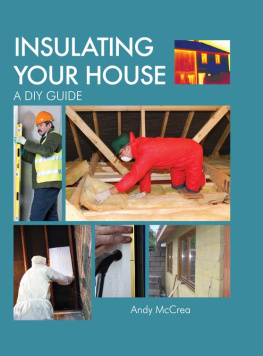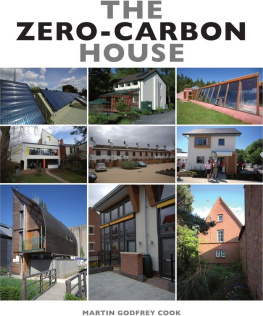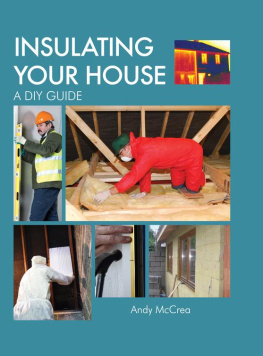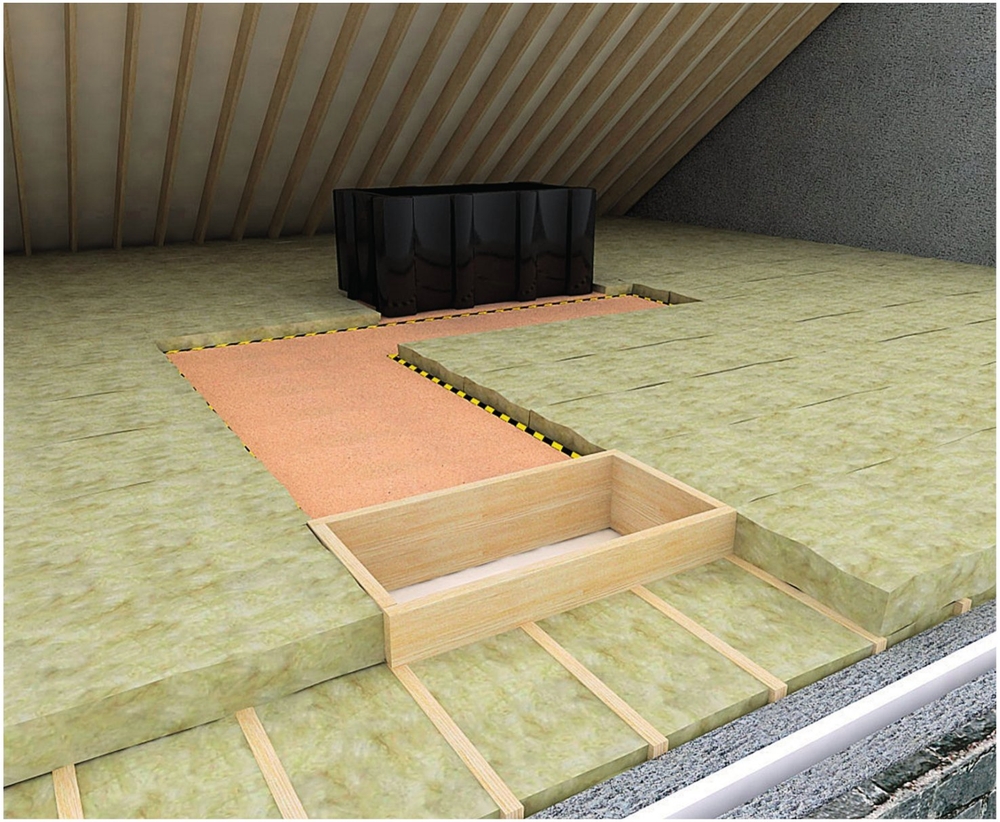First published in 2011 by
The Crowood Press Ltd,
Ramsbury, Marlborough,
Wiltshire, SN8 2HR
www.crowood.com
This e-book edition first published in 2013
Andy McCrea 2011
All rights reserved. This e-book is copyright material and must not be copied, reproduced, transferred, distributed, leased, licensed or publicly performed or used in any way except as specifically permitted in writing by the publishers, as allowed under the terms and conditions under which it was purchased or as strictly permitted by applicable copyright law. Any unauthorised distribution or use of this text may be a direct infringement of the authors and publishers rights, and those responsible may be liable in law accordingly.
ISBN 978 1 84797 443 3
Disclaimer
The author and the publisher do not accept responsibility, or liability, in any manner whatsoever for any error or omission, nor any loss, damage, injury, or adverse outcome of any kind incurred as a result of the use of the information contained in this e-book, or reliance upon it. Readers are advised to seek professional energy efficiency advice relating to their particular property, project and circumstances before embarking on any building or related work
Unless otherwise stated, all photographs and drawings are by the author.
Thanks are due to my many colleagues, industry associates and organizations who offered advice, images and information used throughout this book. The captions associated with the figures and images detail the name/type of the product/system/service and the name of the company which manufactures/supplies or operates it, where appropriate. Acknowledgements are also made throughout the text, where pertinent, to other sources from which images and information have been adapted or taken. Details of relevant organizations and companies are given on pp..
Fitting insulation to a home will reduce fuel bills and increase comfort year on year, over the lifetime of the property. For the environmentally aware, fitting insulation is an excellent way to reduce your carbon footprint.
PURPOSE OF THIS BOOK
The costs of owning and living or working in a building are increasing steadily and one of the main contributory factors is energy bills. Fuel costs are rising and the reality is that most buildings waste energy needlessly. Undertaking a range of no-cost and low-cost measures, such as fitting insulation, can reduce this waste and provide significant savings in energy bills. Fitting insulation will also increase the comfort levels of a home, making it warmer and draught-free. As an additional benefit, reducing energy consumption will also result in lower emissions of harmful gases, such as carbon dioxide, into the environment.
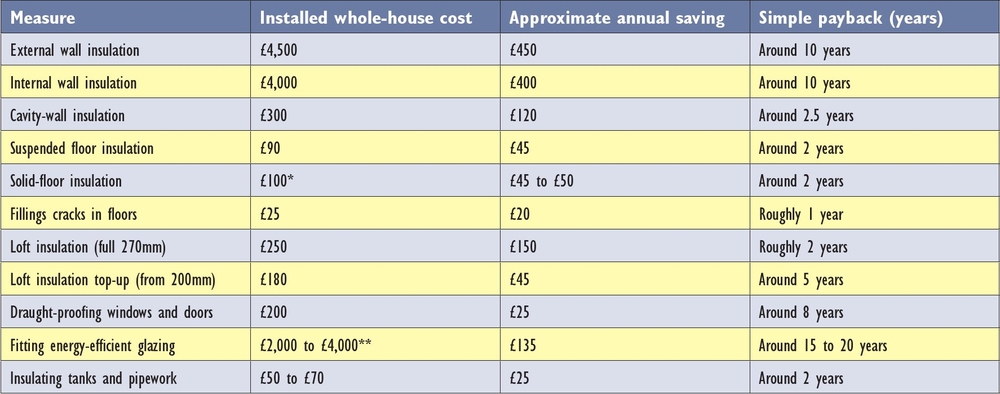
Table 1: Approximate costs and savings from installing a range of energy-efficient measures in the home.
* If installed at the same time as laying a new solid floor.
** Based on a range of factors, including style of frames and glazing.
Note: These figures are for guidance only; obviously, costs and savings will be hugely dependent on individual properties. They are based on Energy Saving Trust information where available at the time of writing.
The aim of this book is to bring a greater insight to people who want to know more about insulating their home and to give them the information that will allow them to make cost savings by taking practical steps to do the work. Many of the jobs can be tackled easily through DIY and, with the reasonably modest costs involved, the savings in money (and emissions) can be very significant over the lifetime of the building.
Simple No-Cost or Low-Cost DIY Energy-Saving Hints
- Close your curtains at night to keep in the heat.
- Never leave hot water running.
- Defrost fridges and freezers regularly and never leave the fridge door open.
- Use the shower if you have one, rather than the bath.
- Only heat as much water as you need when boiling the kettle (but always make sure to cover the element of an electric kettle).
- Turn off lights when they are not required.
- Place tape over keyholes in external doors to prevent draughts.
- Never leave mobile phones on charge overnight.
- Make sure computer equipment is completely switched off and plugged out when not in use.
- Electrical appliances on standby could be costing you up to 99 per annum switch off!
- Steamer pots reduce heat usage.
- Use task lighting rather than whole-room lighting when only a small amount of light is required.
- Do not put warm or hot food straight into the fridge or freezer let it cool down first.
- Put lids on pots and turn down the heat when the water starts to boil. The lids not only keep heat in the pot but also reduce condensation in the kitchen.
- The oven is expensive to use try to use it as sparingly and as efficiently as possible. Where possible, use it for more than just one item and remember you can cook at a higher temperature at the top of the oven, and simultaneously at a lower temperature at the bottom.
- Do not open the oven door to check cooking every time you do so you lose 20 per cent of the heat.

The emphasis in this book is on the DIY aspect of insulating a home and, in recent years, this type of work has been encouraged by government support , both through a variety of grant programmes and through awareness-raising activities by various organizations. With reasonable care and attention to health and safety precautions, in most cases insulation materials and products can be simply and effectively installed in the home. It is essential, however , to stress the importance of using the proper tools and equipment, protective clothing and the correct products for the application. When planning work around the home, the Building Regulations are a good place to start. A number of planned revisions will bring forward significant improvements in the standard of insulation for new buildings, but the challenge of improving the existing housing stock remains. This book has a role for homeowners who want to improve the insulation of their existing houses and buildings through DIY, as well as for those who are thinking of building an extension, roof-space conversion or even a new home.
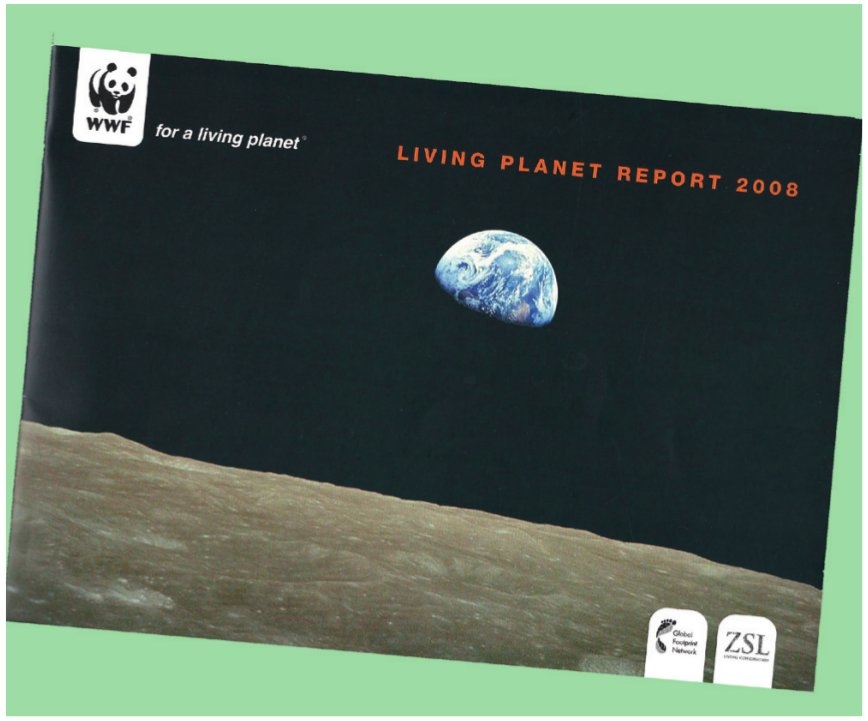
The Living Planet Report of the World Wildlife Fund. (wwf.org.uk)
There is also a good deal of interest, fuelled by the media (and with regards to the weather), in the subject of climate change and many people want to know how they can do their bit to reduce their carbon footprint. According to the World Wildlife Fund, the planets resources are being used at a rate that would need three Earths to sustain:

